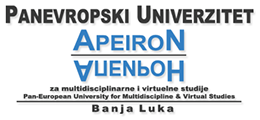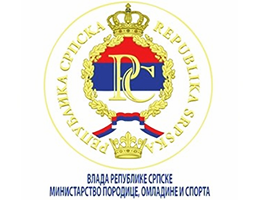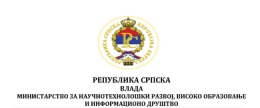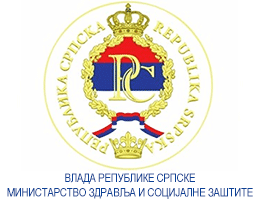Social-Family Background, Nutrition, Physical Education
Volume 1, Issue 1 (2011)
Volume 1, Issue 1 (2011)
Social-Family Background, Nutrition, Physical Education
Abstract:
The success of students at school is influenced by how the knowledge is attained. Family, media and the same age groups largely contribute to it. The recent Vojvodina practice of home training is not so much attractive. A family is very complex formation, which is influenced not only by economic possibilities and habits but many other factors as well. Home training depends on the method of its constitutive thinking and human nature, It is essential if the given subculture recognizes the school performance and erudition. There are a lot of evidences for facilitating or slowing of the improvement of a child by positive or negative effects of its environment. To nurture them, to protect them and to train them is the responsibility of their environment. Measurements up to the present were concentrated on the effects on the childhood development, but the factors that trigger or modify these effects are less concerned about. Development of a child depends on its environment. Theory of demand hierarchy is widespread in pedagogy. The activity of the individual is driven by the presence of hunger, fatigue and lack of sleep.
Keywords:
social background, physical education, nutrition
Full Text:
References:
- Dawson,K., Mamlin,M., Ross, J.,(2001): Trends in the health-related phisycal fitness of 10-14 year old New Zeland children. Journal of Phisycal Education New Zeland, 34:26-39.
- Dollman, J., Olds, T., Norton,K., Stuart,D.(1999): The evolition of fitness and fatness in 10-11 year-old Australian schoolchildren:changes in distributional characteristics between 1985 and 1987, Pediatric Exercise Science,11:108-121.
- Gligorijević S. (2008): Antropometrijski parametri kao pokazatelji akceleracije rasta i prediktori gojaznosti preadolescenata Acta medica Medianae 2008; 47(2): 15-9.
- U.S.Department of Health and Human Services, Physical activity and health: A report of Sugeon General.Atlanta,GA:Centres for Diseases Control and Prevention;1996.
- Epstein LH. (1996):Family-based behavioural intervention for obese children. Int J Obes Relat Metab Disord 1996; 1:14-21.
- McNaughton,L., Morgan, R., Smith, P., Hannan, G.(1996): An investigation into the fitness levels of Tasmanian primary schoolchildren. The ACHPER Healthy Lifestyles Journal, 43:4-10,
- Plećaš D. Popović D, Petrović O, Simić M. (2000): Antropometrijski pokazatelji stanja uhranjenosti dece do 5 godina u SR Jugoslaviji. U: Ishranjenost dece. Subotica: Zavod za zaštitu zdravlja, 2000; 17-25.
- Taylor RW, Jones IE, Williams SM, Goulding A. (2000): Evaluation of waist circumference, waist-to-hip ratio, and the conicity index as screening tools for high trunk fat mass, as measured by dual-energy Xray absorptiometry, in children aged 3-19 y. Am J Clin Nutr 2000;72(2):490-5.
- Tomkinson,G.R., Olds, T.S., Gulbin, J.,(2003): Scular trends in phisycal performance of Australian children. Journal of Sports Medicine and Phisycal Fitness, 43:90-98.
- Pavlović M, Belojević S, Balać D, Kadvan A. (2001): Evaluacija telesne visine i telesne mase prema uzrastu dece u severnobačkom okrugu. Medicinski pregled 2001; 54 (9-10):438-45.
- Mirilov J. (2005): Gojaznost u porodici kao preduslov za gojaznost deteta. Medicinski pregled 2005;58(9-10): 486-9.






